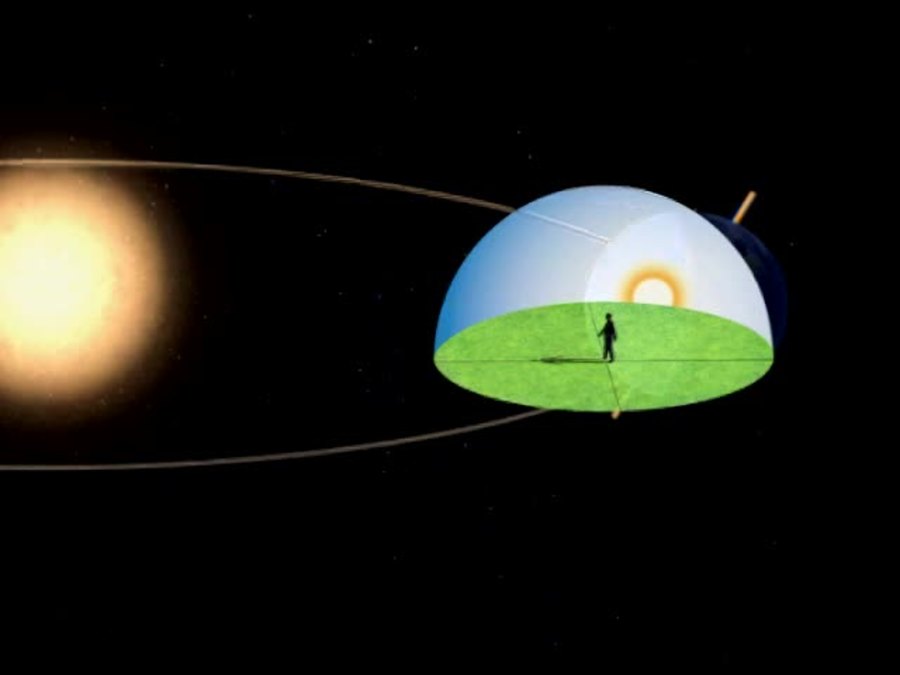
|
Seasons, The
Copies
0 Total copies, 0 Copies are in,
0 Copies are out.
Digital Link
Authors
Subjects
Language
English







